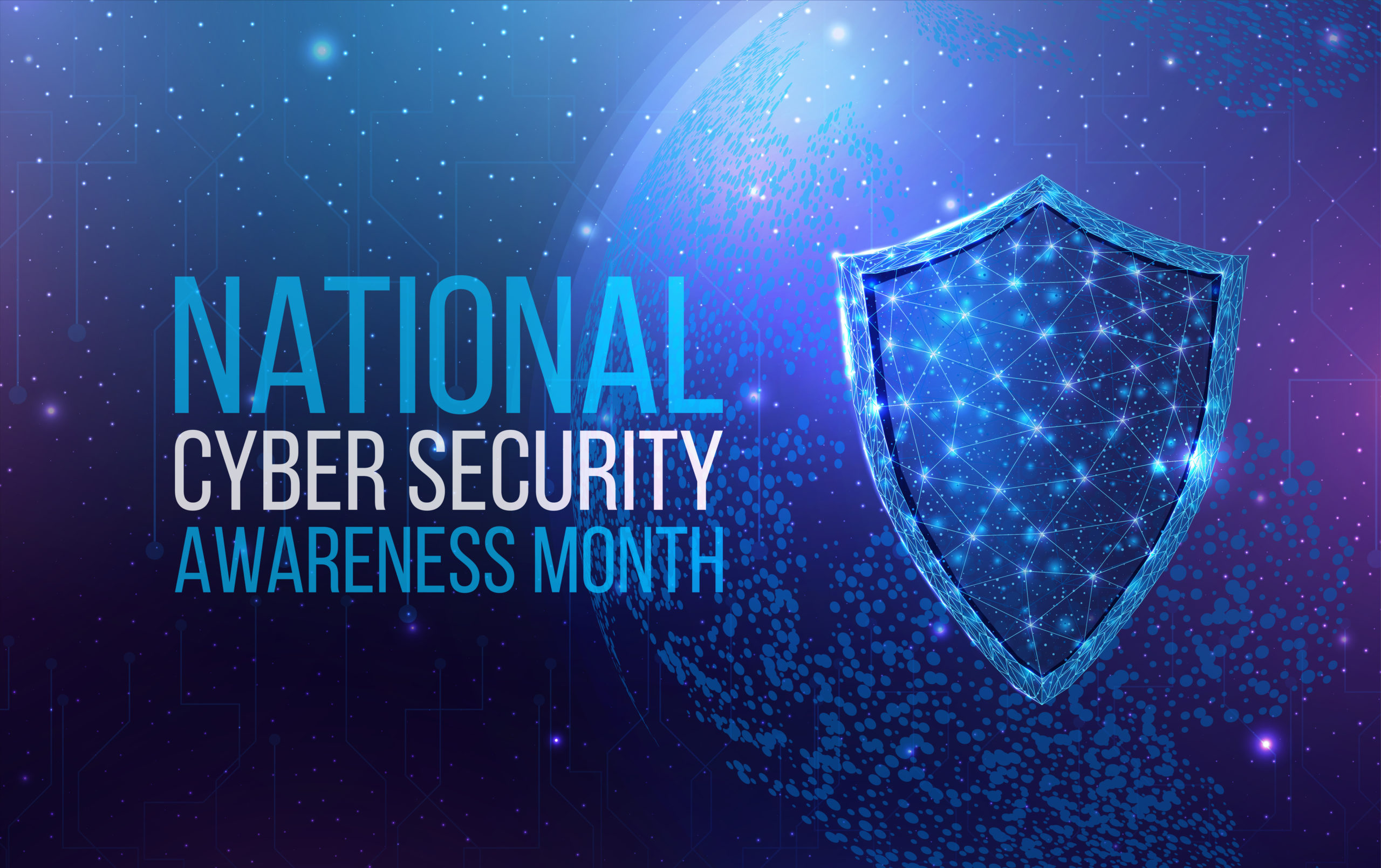Cyber Awareness Month 2022: What You Need to Know
October is here, which means it’s time to kick off Cybersecurity Awareness Month 2022! This annual event is all about helping businesses protect themselves from online threats and raising awareness about the importance of cybersecurity. Since it began in 2004, Cybersecurity Awareness Month has grown in momentum and continues to emphasize one important message: cybersecurity is all about the “people” factor.
Focusing on the human side of cybersecurity helps ensure that individuals and organizations are making smart choices to stay safe online. Wondering how you can boost your cyber awareness? We’ve got you covered with four best practices you can start using today!
4 Best Practices for Cyber Awareness
1. Enable Multi-Factor Authentication (MFA)
Also known as two-factor authentication, MFA is a security measure that’s becoming more common across businesses. When you activate MFA, it prompts users to provide two forms of verification to prove their identity—making it twice as hard for cybercriminals to access sensitive data.
MFA options include:
- Biometric identifiers, like fingerprints or facial recognition.
- An extra PIN prompted after a password.
- Security questions set by the user.
- A code texted or emailed to the user.
If available, use MFA everywhere to give your network an extra layer of security.
2. Strengthen Your Passwords
Think of your password as the digital key to your cyber-house. It’s your first line of defense, so it’s important to get it right. Here are three tips for creating strong passwords:
- Make them long: Aim for at least 12 characters.
- Make them unique: Never reuse passwords, and don’t use ones that are too similar.
- Make them complex: Use a mix of uppercase, lowercase, numbers, and special characters.
If your password is long, unique, and complex, you won’t need to change it unless it’s been compromised or you’ve been notified of a breach.
3. Don’t Click Suspicious Links
Phishing attacks are scams where hackers send bad links via email to steal sensitive data or install malware. If something looks suspicious, trust your gut—don’t click it.
4. Update Your Software
When your software tells you an update is available, don’t hit “remind me later”! Updates often come with important patches and fixes that protect your business from cybercriminals. If you can automate updates, go ahead and do it. Staying up to date keeps you one step ahead of hackers.
How We Can Help
Cybersecurity Awareness Month 2022 is a great time to get involved and learn best practices. If you’re not sure where your business stands in terms of cybersecurity—or if you could use some extra training for your team—reach out to us! At Celeris Networks, we can help you assess your risks and build a solid cybersecurity strategy.
Want to learn more about cybersecurity awareness and training? Check out our resources section for more blogs and tips!
